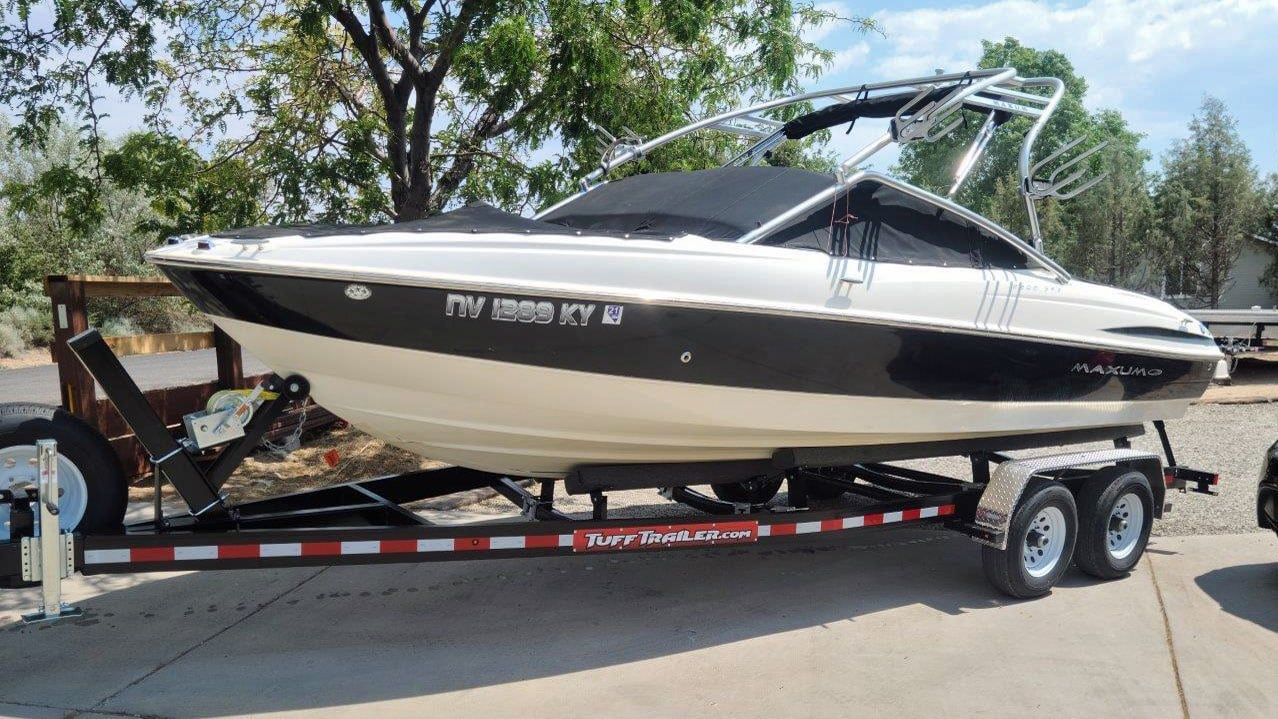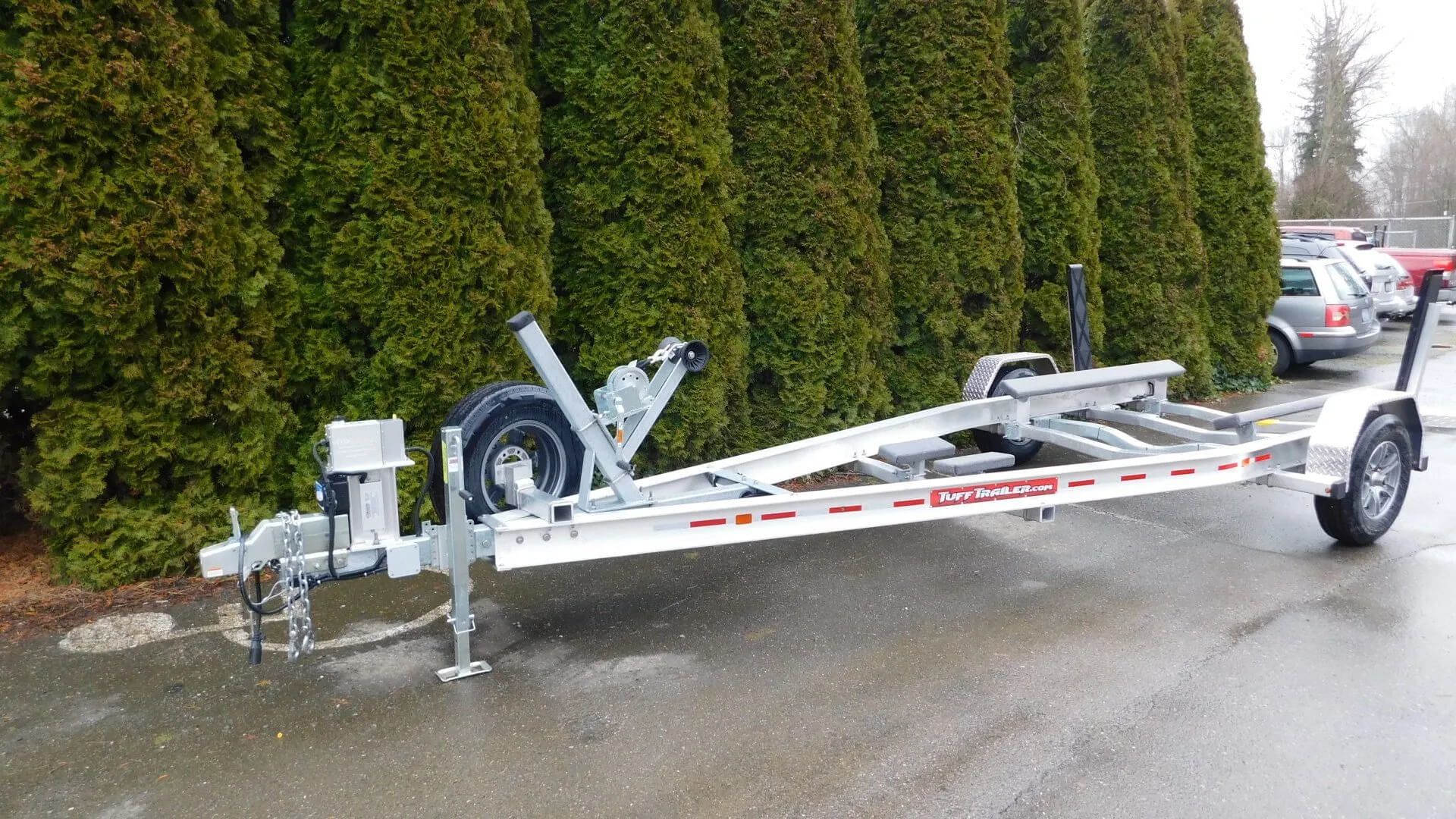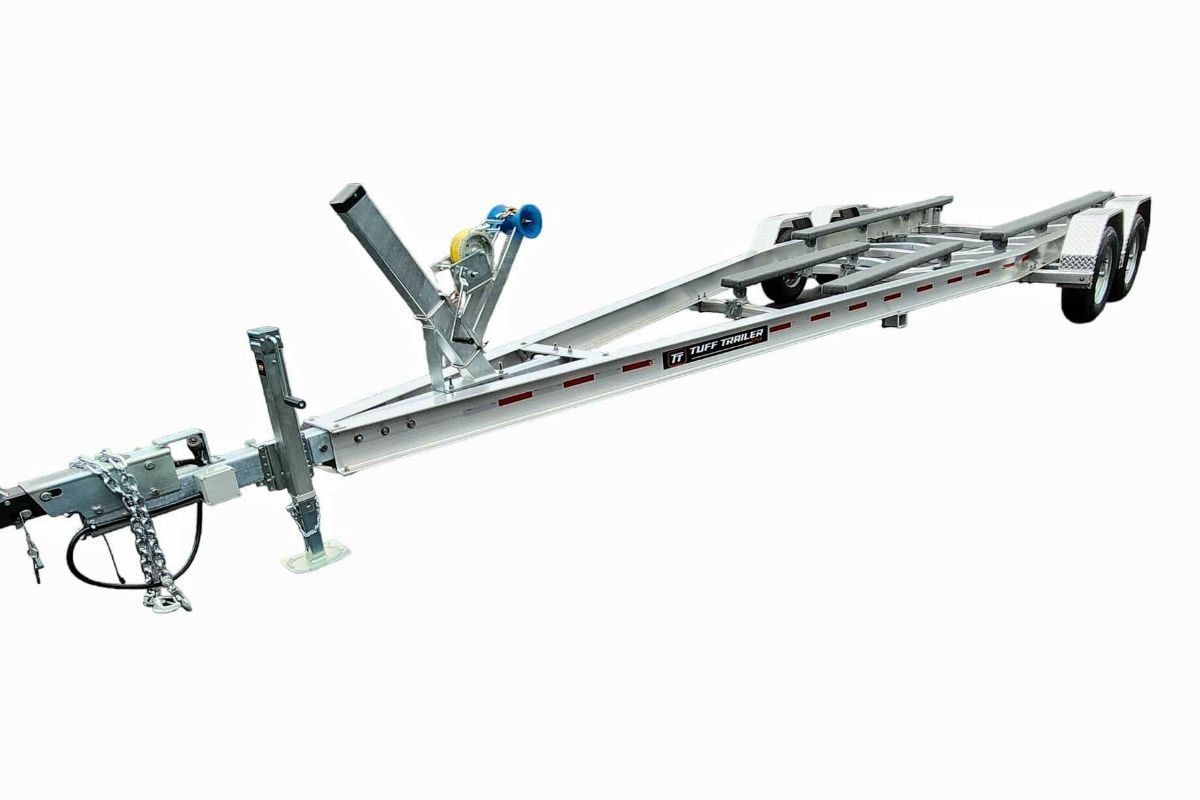How to Load and Unload Your Boat Trailer Safely
When it comes to enjoying the water, your adventure begins and ends with transporting your boat to and from the shore. Loading and unloading your boat trailer is a critical process that, when done correctly, ensures both your safety and the well-being of your boat. If there's a chance that the electrical plug might get wet, it is advised you disconnect it from the towing vehicle. This precaution is in place because submerging the electrical components, especially if they are not adequately sealed, could lead to short circuits or damage to the electrical system. Follow these steps to ensure your aquatic excursions are as smooth on land as on water.
Step 1: Preparation is Key
Ensuring the drain plug is securely tightened before launching your boat into the water is critical. Confirming that your trailer and towing vehicle are in good working order. Check the tire pressure, lights, and brakes of your trailer. Ensure the hitch is secure. Safety chains and breakaway cable are properly attached to the towing vehicle. It's also important to inspect the winch to ensure it's functioning correctly.
Step 2: Approach with Caution
As you approach the boat ramp, slow down and align your vehicle and trailer with the water. It's best to have a spotter to guide you, ensuring you're backing up straight and at a controlled speed. Remember, patience is not just a virtue; it's a necessity.
Step 3: Submerge the Trailer Properly
Back the trailer into the water slowly until the boat begins to float. You won’t have to worry about rust for aluminum trailers, but it’s still important not to submerge it deeper than necessary to avoid floating the trailer itself.
Step 4: Secure the Boat
Once the boat starts to float, have someone hold the bow rope to guide the boat while you park the vehicle. If you’re alone, make sure you secure the boat to the dock with ropes to prevent it from drifting away.
Step 5: Loading the Boat
When loading, safely and slowly drive the boat onto the trailer and align it with the keel roller or pads. Once the boat is in place, attach the winch strap or cable to the bow eye, and use the winch to pull the boat onto the trailer. Ensure the boat is centered before fully securing it.
Step 6: The Final Check
Before you hit the road, do a final check. Ensure the boat is secured with straps, the lights and brakes work, and you have removed the drain plug to prevent water from accumulating during transit.
Step 7: Unloading with Ease
For unloading, reverse these steps. Back the trailer into the water until the boat can float off. Unfasten the winch line and carefully guide the boat into the water using the bow rope.
Safety Tips to Remember
- Always wear non-slip shoes to avoid accidents on wet surfaces.
- Use life jackets or personal flotation devices when near the water.
- Never rush the process. Take your time to ensure everything is done correctly.
- Check the weather conditions before your trip.
- Following these steps ensures loading and unloading your boat trailer is a safe and stress-free experience. Here's to many happy and secure voyages ahead!
Happy Boating!
Contact Us
Tuff Trailer
Address: 6742 Portal Way
Ferndale, Washington 98248
Phone: 360-398-0300
Email: sales@tufftrailer.com
ACH
Wire Transfer
Contact Us
Tuff Trailer
Address: 6742 Portal Way
Ferndale, Washington 98248
Phone: 360-398-0300
Email: sales@tufftrailer.com
ACH
Wire Transfer
BUSINESS HOURS
- Mon - Fri
- -
- Sat - Sun
- Closed




